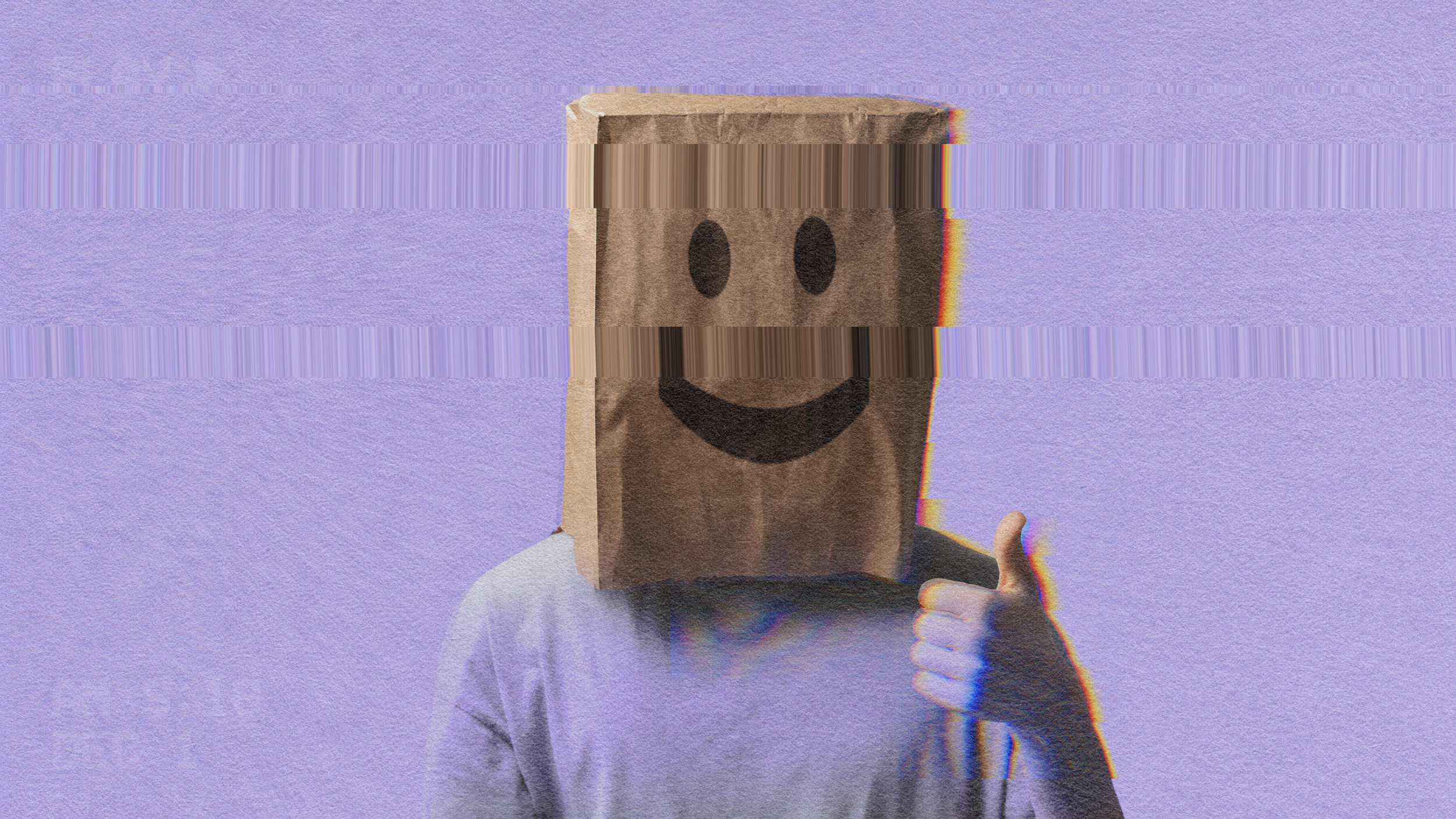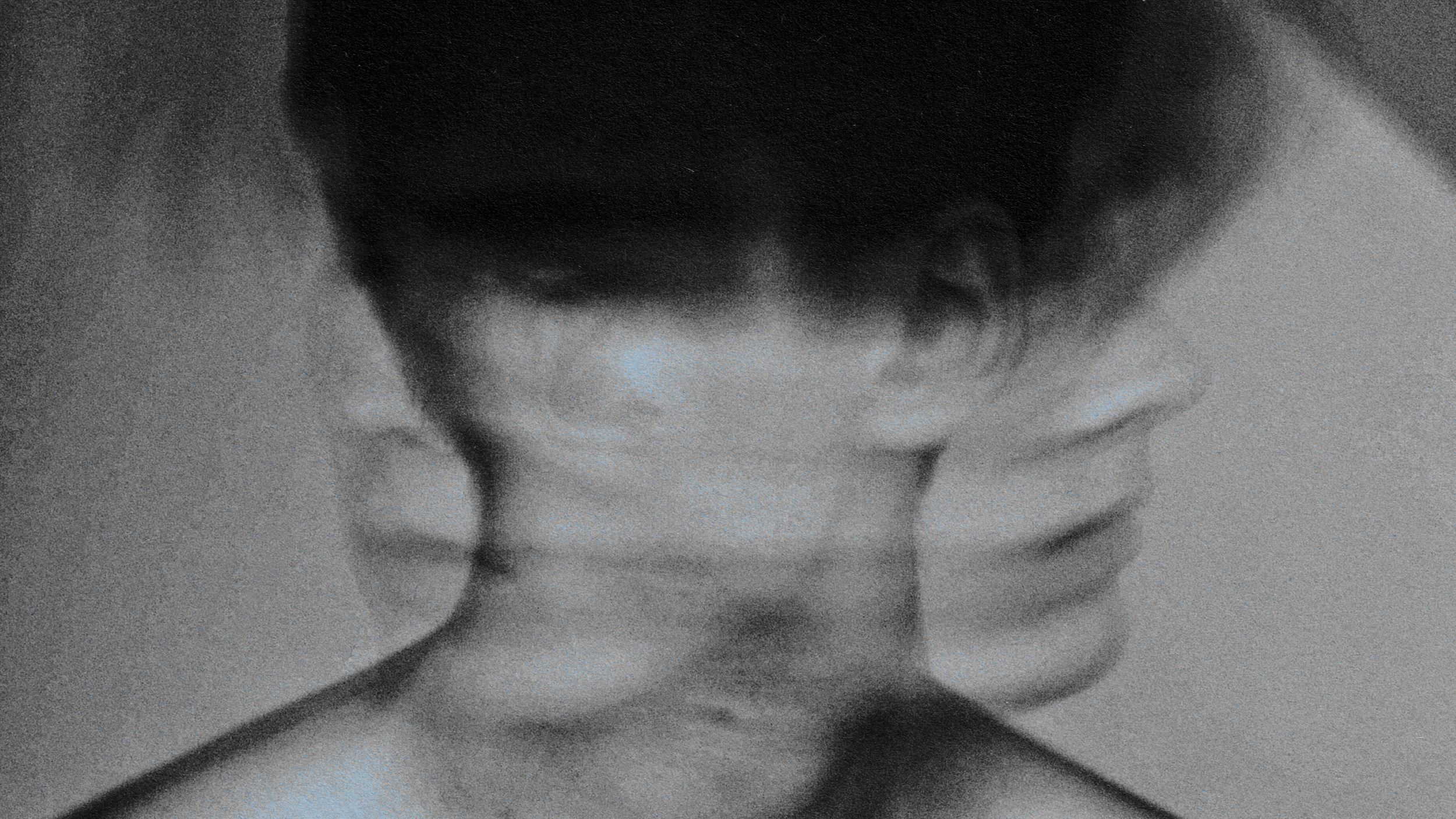Why the Rosenhan Experiment still matters

Photo credit: Scott Barbour / Getty Images
- In 1973, eight experimenters faked insanity to see how easy it was to get into a mental hospital. The hard part was getting out.
- Their findings sparked a great debate over how psychiatry treated patients and how accurate diagnostic procedures were.
- In an age marked by a lack of proper mental health care, the finding that it was too easy to get a doctor’s attention seems shocking.
In the United States, mental health care can be difficult to come by. One-third of Americans live in a “mental health professional shortage area” and lack access to mental health facilities; this probably explains why less than half of the people who need treatment get it. It can almost seem like you have to be at the end of your rope to get help sometimes.
It didn’t use to be this way though; there was that one time that a psychologist found it was easier to fake your way into a mental hospital than it was to get out.
The Rosenhan experiment
In 1973, after hearing a lecture from the anti-psychiatry figure R.D. Laing the psychologist David Rosenhan decided to test how rigorous psychiatric diagnoses were at modern hospitals by first trying to get into them with fake symptoms and then trying to get out by acting normally.
Eight experimenters participated, including Dr. Rosenhan. All but two of them were somehow involved in medicine, so fake names and occupations were created to both avoid the enhanced scrutiny they expected members of their field to be given when claiming insanity and to prevent the test subjects from facing the stigmas of mental illness after the experiment ended.
The pseudopatients all reported the same symptoms, an auditory hallucination saying the words “empty,” “hollow,” and “thud.” These words were chosen to invoke the idea of an existential crisis. They were also chosen because, at the time, there was no literature on an “existential psychosis.”
Much to the pseudopatients’ surprise, they were all admitted to all 12 hospitals they went to with little difficulty. In all but one case, they were given a diagnosis of schizophrenia. In the outlier, a private hospital gave them a slightly more optimistic diagnosis of “manic-depressive psychosis.”
Once admitted to the hospital, the patients were instructed to act normally and do what they could to be released. This led them all to be “paragons of cooperation” and to fully participate in ward life. They attended therapy, socialized with others, and even accepted their medications which they then disposed of. If asked, they were to say their symptoms had disappeared entirely.
Shockingly, the staff had no idea any of them were faking. Their normal behavior was medicalized into symptoms of their schizophrenia. For example, since all of the pseudopatients were taking notes on the hospital, naturally one of them had the note “patient engages in writing behavior” added to their file. Also, simply lining up early to get food was cited as an example of “oral-acquisitive” psychotic behavior.
The life details of the subjects, all fairly typical for the time, were suddenly signs of pathological behavior. One pseudopatient reported that he had a happy marriage though he occasionally fought with his wife and that he did spank his children on rare occasions. While this might seem like a standard 1960s life, his file read:
“His attempts to control emotionality with his wife and children are punctuated by angry outbursts and, in the case of the children, spankings.”
Schizophrenia’s Identity Crisis
Amusingly, while the staff at the hospitals had no idea they had fakers in the ward, the real patients often caught on very quickly. The participants reported dozens of cases of their wardmates coming up to them and accusing them of being either a journalist or professor playing sick in order to take notes about the hospital.
Disturbingly, the fakers also reported that the staff was dehumanizing and often brutal. Conversations with staff were limited by their frequent absence. When the staff did have time to talk, they were often curt and dismissive. Orderlies would often be both physically and verbally abusive when other workers were absent. The pseudopatients reported they often felt invisible, as the staff would act like they weren’t even there. These details were made worse by the powerlessness felt by the pseudopatients, which was reinforced both by hospital hierarchy and then current law.
Despite all the evidence that the experimenters were faking it, the shortest stay lasted a week, and the longest was 52 days. The typical stint lasted almost three weeks. All of the patients diagnosed with schizophrenia were deemed “in remission” upon being discharged, leading Dr. Rosenhan to write:
“At no time during any hospitalization had any question been raised about any pseudopatient’s simulation. Nor are there any indications in the hospital records that the pseudopatient’s status was suspect. Rather the evidence is strong that, once labeled schizophrenic, the pseudopatient was stuck with that label. If the pseudopatient was to be discharged, he must naturally be ‘in remission’; but he was not sane, nor, in the institution’s view, had he ever been sane.”
Dr. Rosenhan concluded that, “It is clear that we cannot distinguish the sane from the insane in psychiatric hospitals.” He was forgiving, however, and noted that at least some of the problem could be attributed to a desire to err on the side of caution and admit a potential faker with only one reported symptom before letting somebody in serious need of treatment go without.
He went on to explain how another hospital challenged him to send an actor which they would then identify. After presenting him with their lengthy list of suspected actors they had admitted, Dr. Rosenhan revealed that he hadn’t sent anybody at all. He saw this as further evidence of his conclusion.
How did people take this report?
The report, published in Science, was a minor bombshell that landed on a profession that was already reevaluating its methods in the wake of a society suddenly coming to grips with the conditions of mental asylums, an increasing number of findings that suggested institutionalization wasn’t the only way to treat mental illness, and the discovery by a group of British shrinks that American doctors were handing out diagnoses of schizophrenia left and right when other conditions were really at work.
When the Diagnostic and Statistical Manual of Mental Disorders, the big book of mental illnesses and their symptoms, was updated in 1980 for its third edition, the debate around Rosenhan’s experiment likely motivated the authors to make the symptom descriptions used to define various conditions more stringent.
What’s the catch? There has to be a catch with a study like this.
The methods of this experiment were questioned immediately, as they are atypical at best and unscientific at worst.
Physician Fred Hunter pointed out in his letter to Science that if the patients were acting “normally” during their stays, they would have revealed their lie and asked to leave shortly after arriving. He also criticized both the methods and the findings of the stunt. Psychiatrist Robert Spitzer also dismissed the whole thing as pseudoscience in a strongly worded academic article.
There is also the question of whether the conclusion is meaningful at all. Neuroscientist Seymour S. Kety pointed out that a similar stunt in an emergency room would hardly be considered a groundbreaking study, given how important honest reporting is in medicine:
“If I were to drink a quart of blood and, concealing what I had done, come to the emergency room of any hospital vomiting blood, the behavior of the staff would be quite predictable. If they labeled and treated me as having a bleeding peptic ulcer, I doubt that I could argue convincingly that medical science does not know how to diagnose that condition.”
The continuing problems of dehumanization and deinstitutionalization
The findings of the study on how the mentally ill were treated, even in cases where they were paragons of cooperation, was widely accepted as a valid and needed critique. Even Dr. Hunter admitted that Rosenhan’s experiment did a good thing by exposing these horrors. Regrettably, today we still have need of Rosenhan’s reports on this subject.
In the United States, sixteen percent of people in jails have a mental illness. This is three times as many people as are seeking care for these conditions in hospitals and is creating new forms of institutionalization. The stigma around mental illness remains as strong as ever. While many people think the mentally ill are dangerous, statistics show they are much more likely to be the victims of violence themselves rather than hurt anybody else.
It seems that Dr. Rosenhan’s lament that “The mentally ill are society’s lepers” has yet to be made obsolete by progress.
Are there any other experiments like this? Could this have just been a disturbing blip?
Depressingly, this isn’t the only experiment to use these methods to conclude that how we treat mental illness needs work. In 1887, almost a century before Rosenhan’s article, Nellie Bly faked insanity to enter the Woman’s Lunatic Asylum in New York City. The book she wrote about her experience, Ten Days in a Madhouse, revealed the horrific conditions in the hospital and led to an inquiry that resulted in increased funding and more rigorous standards.
Modern attempts to recreate the study have shown some changes in the field of psychiatry. In 2001, seven people who had schizophrenia presented themselves to intake offices in search of treatment; all of them were denied care due to lack of resources. In 2004, writer Lauren Slater claimed to have repeated Rosenhan’s experiment herself but was only given medication to go with her quick diagnosis. If she actually carried out this experiment remains a subject of debate.
Psychiatry has improved dramatically since the days of One Flew Over the Cuckoo’s Nestand David Rosenhan’s stings. Studies have shown the objectivity of psychiatric diagnoses remains comparable to that of the rest of medical science while acknowledging that some subjectivity is inevitable. Better methods of integration have made it difficult to tell who has a diagnosed mental illness and who doesn’t in normal circumstances. Deinstitutionalization has improved the lives of many people who would otherwise be locked away.
But while asylums are largely gone, there is still much work to be done. Rosenhan’s experiment will continue to remind us that being labeled as crazy can lead to a dehumanization with consequences just as isolating as any mental illness.





